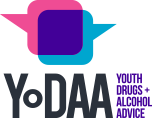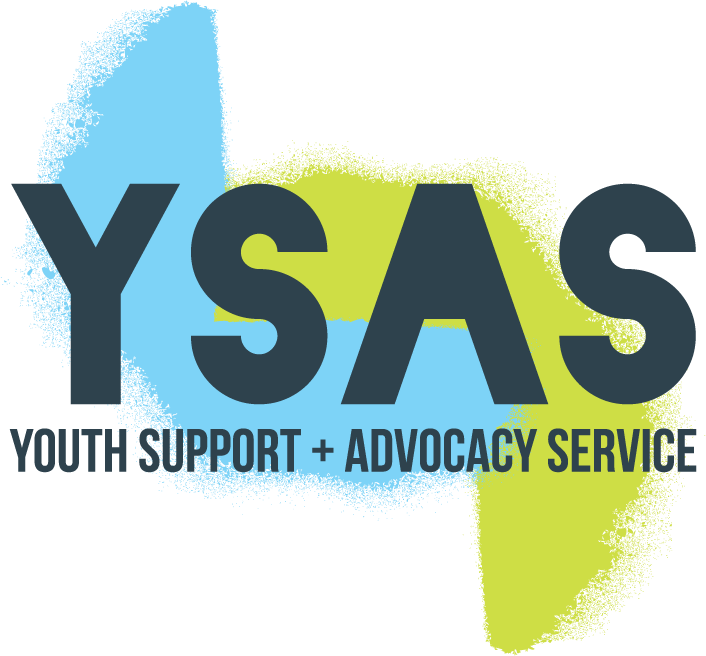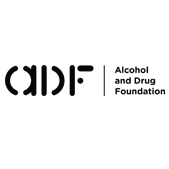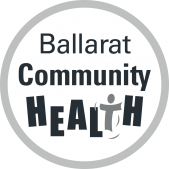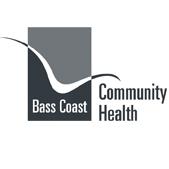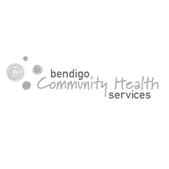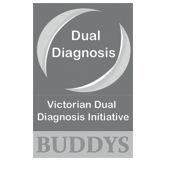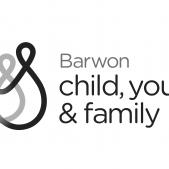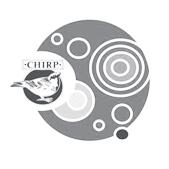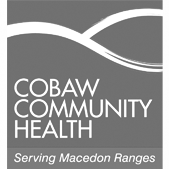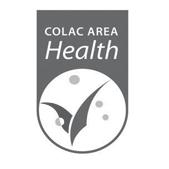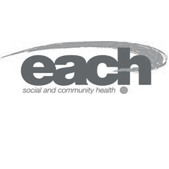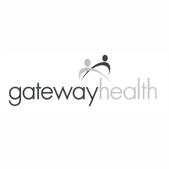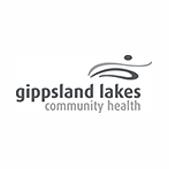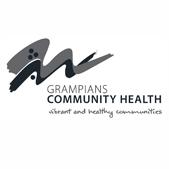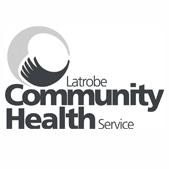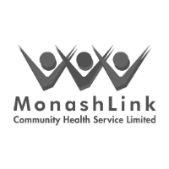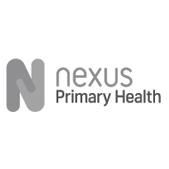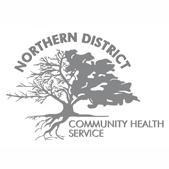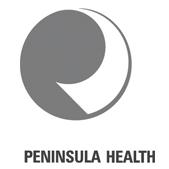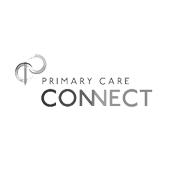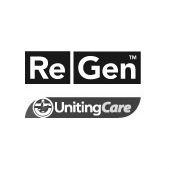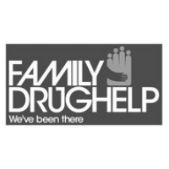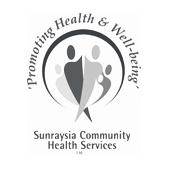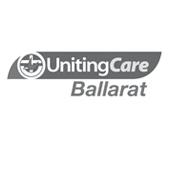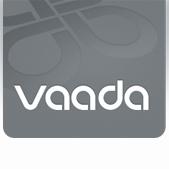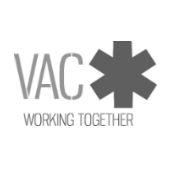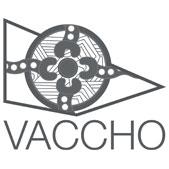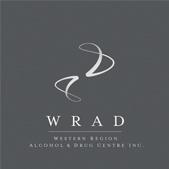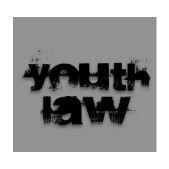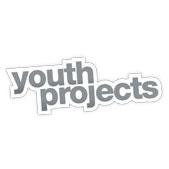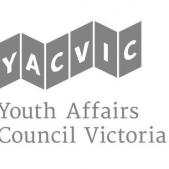Drug Facts
Amphetamines-Fast facts for workers
Amphetamines is a term used to describe a large range of legal and illegal stimulant drugs. The proportion of young people in support services using Amphetamine-type-substances has increased in the past few years.
WHAT
Amphetamines are stimulant drugs. They are used legally to treat conditions such as ADHD and narcolepsy but are also manufactured and used illegally. Amphetamine use without a medical prescription is illegal.
There is often confusion between the terms amphetamines (with an s on the end) and methamphetamine. Amphetamines are the overarching term used to describe the legal and illegal drugs, while methamphetamine is what we know as Ice. Ice is a type of amphetamine.
OTHER NAMES
Speed, fast, up, uppers, louie, goey, whiz.
HOW COMMON IS USAGE?
Only 2.1 per cent of Australians aged over 14 have used amphetamines in the previous 12 months (National Drug Strategy Household Survey, 2013). In contrast, according to the recent Victorian Census of young people in treatment, 35 per cent had used amphetamines in the past 4 weeks and 13 per cent had used daily.
APPEARANCE
Powder, tablets, capsules or crystals of varying colours – white, beige, brown. May be packaged in aluminium foil, known as ‘foils’, plastic bags or small balloons.
USE
Ingested, injected, smoked, snorted or rubbed on gums.
EFFECTS
Euphoria, alertness, talkativeness, confidence, heightened libido; reduced appetite, sweating, anxiety and paranoia. Offers an intense high lasting between four to eight hours, and can be followed by a long or severe comedown.
OVERDOSE
Hearing or seeing things, feeling paranoid, and drug induce psychosis or psychotic symptoms, seizures, difficulty breathing, cardiac arrest, or very high fever.
An ambulance should be called if any of these symptoms occur.
COMMON MIXERS
Depressants such as alcohol, cannabis, benzodiazepines, GHB and Methamphetamine or heroin can be used to assist sleep and the comedown.
SOME HARM REDUCTION STRATEGIES
Encourage a young person to: -
- have a break from use and to try and eat and get some sleep.
- Try not to use more than 2 days in a row
- Understand that there are ways to inject safely if they are injecting.
- plan for the comedown – Let them know what to expect mentally and physically.
- About understanding the risks involved in mixing other drugs and alcohol, including prescription medication.
- be informed about what they are using. Use websites like pillreports and Erwoid to research what they are planning on taking.
- See more Universal Harm Reduction Strategies
Didn’t find what you’re looking for? Try the YouthAOD toolbox for further in-depth information.
